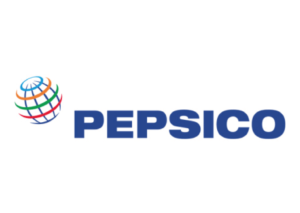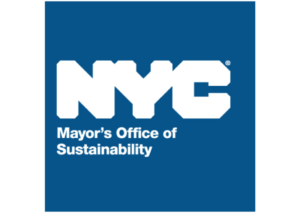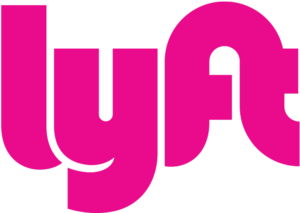Best Buy Co. – Nitin Raviprasad – 2016
Goals
In 2015, Best Buy set an aggressive goal to reduce carbon emissions 45% by 2020. The retailer identified plug load energy consumption—lighting and HVAC excluded– as an opportunity to help achieve this goal. The large format store base plug loads in particular were above the industry average and had increased 2.3% on a year-over-year basis, in part due to the use of interactive product displays. EDF Climate Corps fellow, Nitin Raviprasad, was enlisted to measure plug load at a granular level to identify the source use, as well as propose both process improvements and new technologies for better plug load management.
Solutions
Nitin completed his research by analyzing data from the Energy Management System, conducting store audits, measuring display energy requirements and interviewing internal teams. His research resulted in more than a dozen solutions, from simple process changes to complex, integrated solutions with long project timelines. Recommendations included addressing gaps in standard operation procedures for turning off display televisions, putting refrigerators in exhibition mode and switching desktop computers to standby mode. Nitin also identified an opportunity to install third-party occupancy controls on vending machines, which are only used by employees during store hours. Finally, he conducted a feasibility analysis of installing WiFi control devices to turn displays on and off in order to minimize electricity and labor.
Potential Impact
Nitin’s recommendations for implementing process changes in addition to new technology could save Best Buy up to $3 million per year in energy expense.
- Commercial Energy Efficiency








